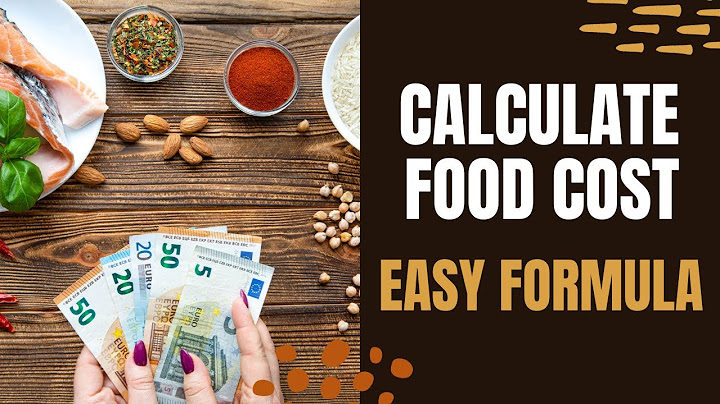10. Under the LIFO retail method, which of the following are notincluded in the denominator ofthe cost-to-retail conversion percentage?A) Freight-in.B) Purchase returns.C) Purchases.D) Net markdowns.Answer:A Show
11. Harvey's Junk Jewelry started business January 1, 2018, and uses the LIFO retail method toestimate ending inventory. Listed below is data accumulated for the year ended December31, 2018:CostRetail We have textbook solutions for you! The document you are viewing contains questions related to this textbook. Intermediate Accounting: Reporting and Analysis Jones/Wahlen Expert Verified
Beginning inventory$15,000$23,000Purchases49,00078,000Freight-in2,500Purchase returns1,7002,600Net markups2,000Net markdowns4,100Net sales70,600Employee discounts700The numerator for the current period's cost-to-retail percentage is:D Get answer to your question and much more Explanation:12. In periods when costs are rising, LIFO liquidations:D Get answer to your question and much more 13. Data below for the year ended December 31, 2018, relates to Houdini Inc. Houdini startedbusiness January 1, 2018, and uses the LIFO retail method to estimate ending inventory.CostRetailBeginning inventory$66,000$104,000Net purchases280,000420,000Net markups20,000Net markdowns40,000Net sales375,000Current period cost-to-retail percentage is:A Get answer to your question and much more Upload your study docs or become a Course Hero member to access this document End of preview. Want to read all 6 pages? Upload your study docs or become a Course Hero member to access this document Tags Accounting, Revenue, FIFO and LIFO accounting, Houdini, Houdini Inc, None of these answer choices What Is the Retail Inventory Method?The retail inventory method is an accounting method used to estimate the value of a store's merchandise. The retail method provides the ending inventory balance for a store by measuring the cost of inventory relative to the price of the merchandise. Along with sales and inventory for a period, the retail inventory method uses the cost-to-retail ratio. Key Takeaways
Understanding the Retail Inventory MethodHaving a handle on your inventory is an important step in managing a successful business. It allows you to understand your sales, when to order more inventory, how to manage the cost of your inventory, as well as how much of your inventory is making it into the hands of consumers, as opposed to being stolen or broken. The retail inventory method should only be used when there is a clear relationship between the price at which merchandise is purchased from a wholesaler and the price at which it is sold to customers. For example, if a clothing store marks up every item it sells by 100% of the wholesale price, it could accurately use the retail inventory method, but if it marks up some items by 20%, some by 35%, and some by 67%, it can be difficult to apply this method with accuracy. The retail method of valuing inventory only provides an approximation of inventory value since some items in a retail store will most likely have been shoplifted, broken, or misplaced. It's important for retail stores to perform a physical inventory valuation periodically to ensure the accuracy of inventory estimates as a way to support the retail method of valuing inventory. Calculating Ending Retail InventoryThe retail inventory method calculates the ending inventory value by totaling the value of goods that are available for sale, which includes beginning inventory and any new purchases of inventory. Total sales for the period are subtracted from goods available for sale. The difference is multiplied by the cost-to-retail ratio (or the percentage by which goods are marked up from their wholesale purchase price to their retail sales price). The cost-to-retail ratio, also called the cost-to-retail percentage, provides how much a good's retail price is made up of costs. If, for example, an iPhone costs $300 to manufacture and it sells for $500 each, the cost-to-retail ratio is 60% (or $300/$500) * 100 to move the decimal. Disadvantages of the Retail Inventory MethodThe retail inventory method's primary advantage is the ease of calculation, but some of the drawbacks include:
Example of the Retail Inventory MethodUsing our earlier example, the iPhone costs $300 to manufacture and it sells for $500. The cost-to-retail ratio is 60% ($300/$500 * 100). Let's say that the iPhone had total sales of $1,800,000 for the period.
What is the costThe cost-to-retail ratio looks at the percentage of an item's retail price that's made up of costs. This ratio is calculated using the formula: cost-to-retail ratio = [cost of goods available for sale ÷ retail value of goods available for sale] x 100.
What is retail method formula?The retail inventory method estimates ending inventory value. The formula for ending inventory value using the retail inventory method is: Value of Ending Inventory = Cost of Goods Available for Sale – (Sales*Cost-to-Retail Percentage)
Does the retail method require a cost ratio?Summary: The retail inventory method is one of the most common ways to calculate the value of your stock. You'll need to know your cost-to-retail ratio, cost of goods for sale, and product sales to calculate it.
What is needed to find the cost of ending inventory in the retail inventory method?Calculating Ending Retail Inventory
The retail inventory method calculates the ending inventory value by totaling the value of goods that are available for sale, which includes beginning inventory and any new purchases of inventory. Total sales for the period are subtracted from goods available for sale.
|

zusammenhängende Posts
Werbung
NEUESTEN NACHRICHTEN
Werbung
Populer
Werbung

Urheberrechte © © 2024 nguoilontuoi Inc.


















